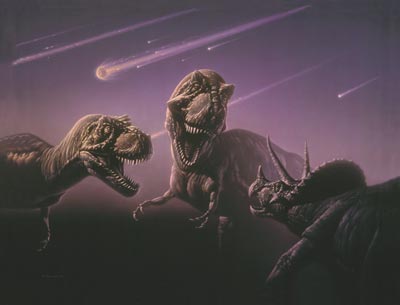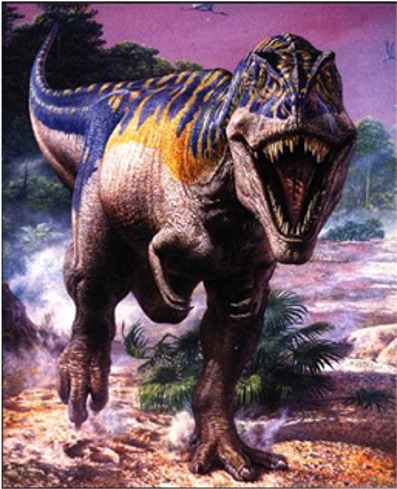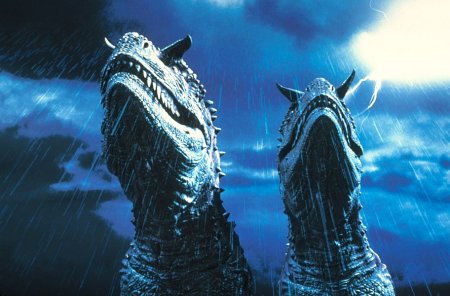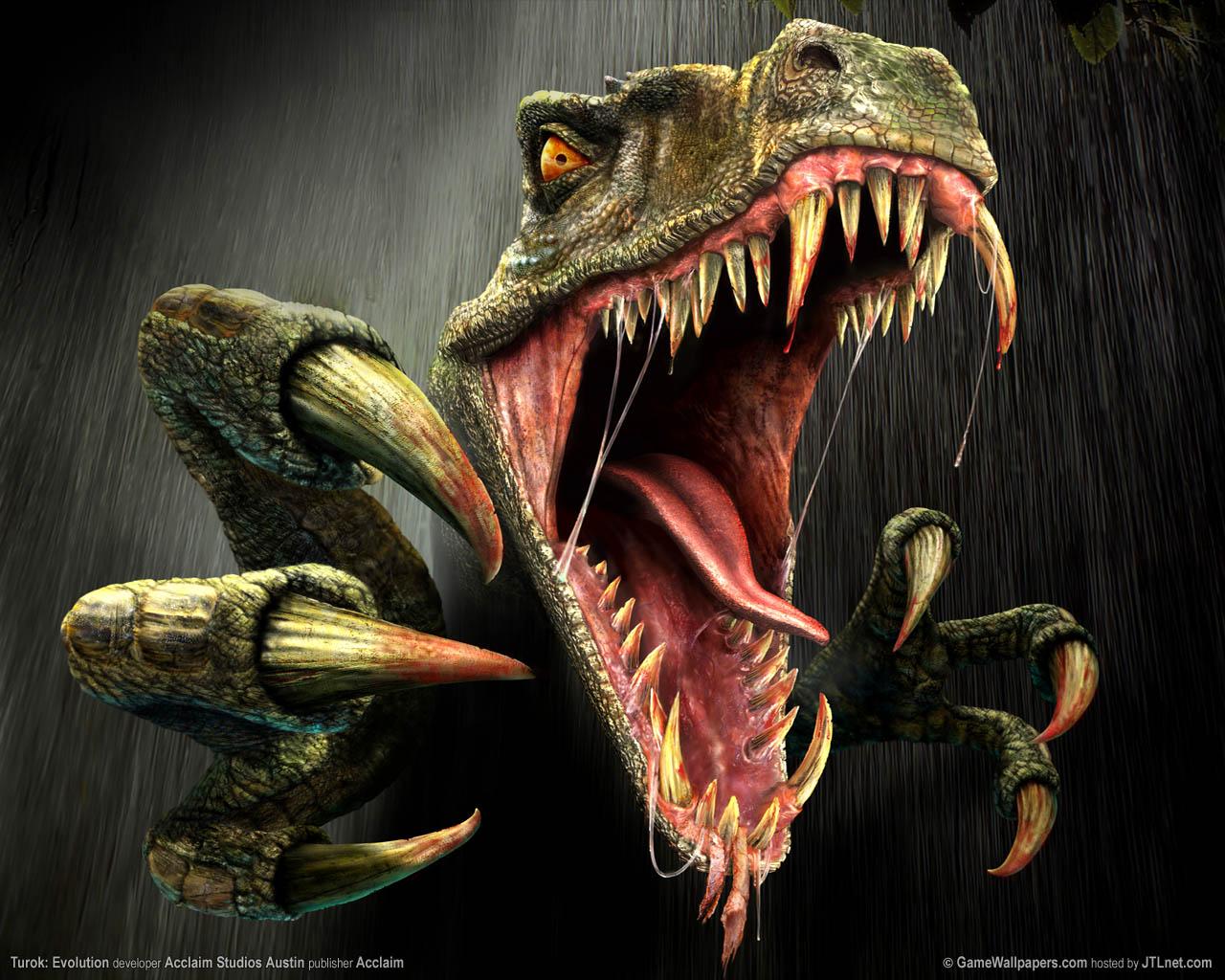|
|
|




What's
New with Dinosaurs. This lesson plan is part of the DiscoverySchool.com
lesson plan library for grades 6-8. It focuses on a current
controversary among scientists over whether dinosaurs were warm-blooded
or cold-blooded. Students research both sides of the argument and then
present a debate over this topic. It includes objectives, materials,
procedures, discussion questions, evaluation ideas, suggested readings,
and vocabulary. There are videos available to order which complement
this lesson, and links to teaching tools for making custom quizzes,
worksheets, puzzles and lesson plans. |

| K/T Extinction Debate
* The Asteroid Impact vs. Volcano Greenhouse Dinosaur Extinction
Debate. This paper discusses two theories of dinosaur extinction, and
how Professor McLean's research led to one conclusion. The paper is
available in a student version, as well as a science-political version.
Several links throughout the text allow the user to access online
information relevant to the article.
* The KT Extinction. This website provides an excerpt on the KT
boundary from an introductory text on paleontology. The text covers
environmental and paleontological aspects of the extinction, including
alternative hypotheses, and differential survival in different
organismal groups. |

Beginning
in the 1960s, a rising number of scientists turned to the study of
dinosaurs as a career-despite the low pay. Also, more museums and
universities developed dinosaur research programs. Since the '60s, the
number of known dinosaurs species has more than doubled, and our
understanding of dinosaurs greatly increased. |

The
United States and Canada became home to the most vigorous dinosaur
research in the world. The Tyrrell Museum of Paleontology in Alberta is
located in the middle of a fertile dinosaur burial ground. Led by
Philip J. Currie, Tyrrell researchers found bone beds that apparently
were the remains of dinosaur herds. These provided information about
growth changes, individual differences, disease, and herd structure. |

John
R. "Jack" Homer discovered hatchling duckbilled dinosaurs, dinosaur
eggs, embryos, and nesting grounds in Montana's Two Medicine Formation.
One kind of egg belonged to a duckbilled dinosaur that he and Robert
Makela named Maiasaura. Another egg was from a small ornithischian
dinosaur that he and David B. Weishampel called Orodromeus. Horner also
pioneered new techniques for examining dinosaur fossils, such as
CAT-scanning the remains of dinosaur eggs to find embryos. Horner and
his team found a Maiasaura bone bed that covered several square miles
and contained the remains of at least 10,000 animals. |

Farther
south, in Utah and Colorado, the late James A. Jensen's work left an
enormous amount of material-enough to fill a warehouse. These included
remains of the immense plant-eaters Supersaurus, Ultrasauros, and
Dystylosaurus, the more modest-size herbivore Cathetosaurus, the
carnivore Torvosaurus, and several others. One of Jensen's most
productive sites, the Late Jurassic Dry Mesa Quarry, yielded a
six-foot-tall pelvis. |

In
Arizona, New Mexico, and Texas dinosaur-bearing rocks were discovered
from Late Triassic to Late Cretaceous. Petrified Forest National Park
and its surroundings are of Triassic age and have been studied by
Robert A. Long, J. Michael Parrish, and several others. They studied
fossils of North America's oldest known dinosaurs. Sankar Chatterjee
examined fossils of dinosaurs and related animals from Triassic rocks
in Texas. His prize fossil was what may be the oldest known bird. |

Spencer
G. Lucas and Adrian Hunt started several projects in New Mexico,
including a survey of dinosaurs and their locations. The San Juan and
Raton Basins contained rocks deposited when the Mesozoic Era ended. In
1947, an American Museum of Natural History field party led by Edwin
Colbert discovered an extensive dinosaur burial site at Ghost Ranch,
New Mexico. Dozens of skeletons of Coelophysis bauri had become tangled
in an ancient stream. In 1989, Colbert published his work on
Coelophysis, making it the best-known Late Triassic predatory dinosaur. |

In
the mid-1980s, the first Alaskan North Slope dinosaur bones were
discovered. They were from the duck-billed Edmontosaurus, which stood
ten feet tall and were 40 feet long. Scientists speculated that these
dinosaurs lived in social groups, or even herds. |


